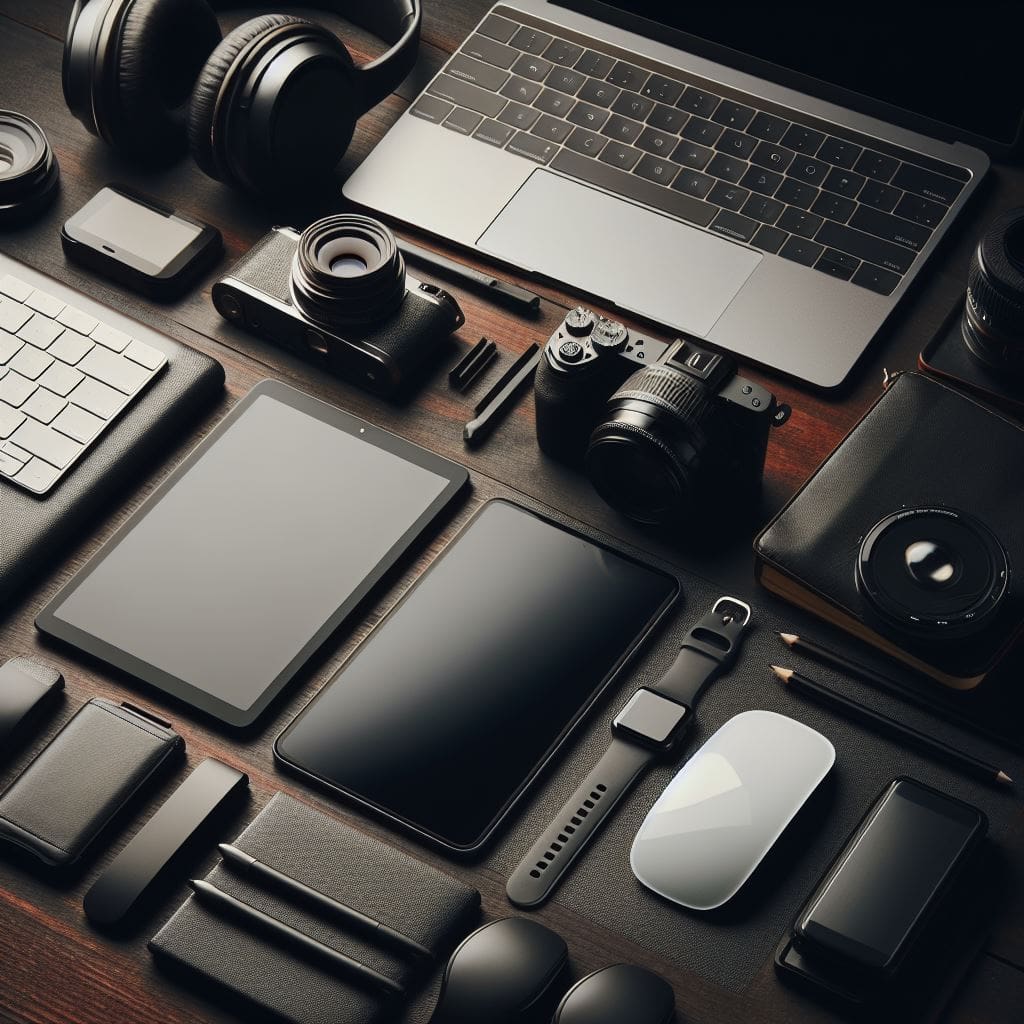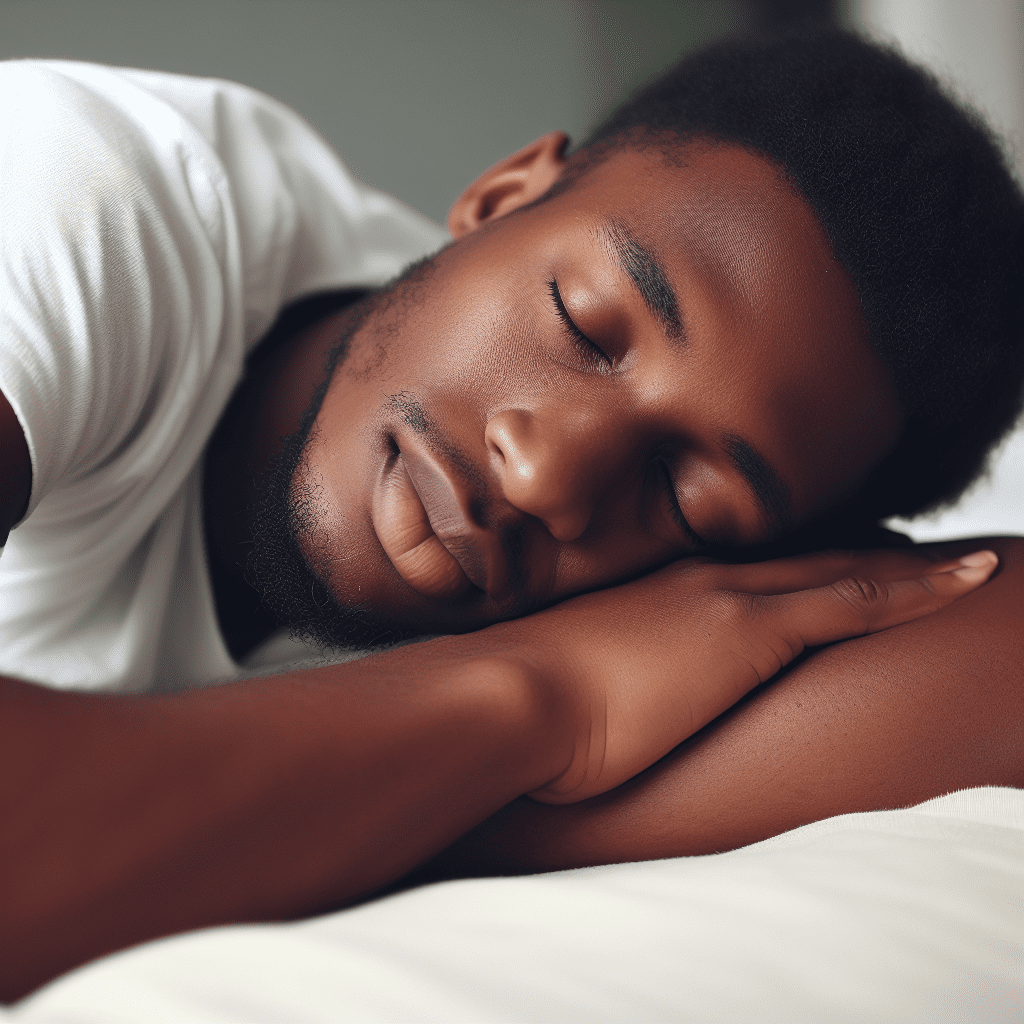
Electronic devices are now an integral part of our everyday routines and have been smoothly incorporated into our lives in this era characterized by technological innovations.
We use smartphones, laptops, televisions, and tablets for work, entertainment, and communication, making it easier for us to deal with the complexities of modern life.
However, an issue that has emerged with the usage of these devices revolves around the blue light that they emit, which has given rise to apprehensions regarding its potential impact on the quality and duration of our sleep and overall well-being.
This article delves into the complex relationship between blue light and sleep disturbance, highlighting its adverse effects.
Understanding Blue Light
First things first, it’s important to understand what blue light is.
What is Blue Light?
Blue light is part of the visible light spectrum and is characterized by a short wavelength and high energy, which is naturally present in sunlight and likewise in electronic devices such as smartphones, computers, and LED lights.
This light is responsible for regulating our circadian rhythm, which is our natural sleep-wake cycle. Similarly, during the day, exposure to blue light enhances our alertness, cognitive abilities, and overall mood.
It helps us stay alert and awake, signaling to our bodies that it is daytime. This natural occurrence of blue light serves a crucial purpose in synchronizing our internal body clock with the external environment, facilitating our daily functioning.
Nonetheless, the advent of electronic devices has introduced a novel aspect to the blue light equation. These devices emit artificial blue light, which possesses a significantly higher intensity compared to the natural blue light from sunlight.
Consequently, prolonged exposure to this artificial blue light, especially during the evening and night, has the potential to disrupt our natural sleep-wake cycle, leading to various complications.
How blue light affects our sleep
The proliferation of electronic devices has given rise to artificial blue light, which can be more intense than its natural counterpart.

This artificial light poses a challenge to our sleep by interfering with the production of melatonin, the hormone responsible for signaling to our bodies that it’s time to wind down.
Melatonin Suppression
Research has shown that one of the key mechanisms through which this disruption occurs is the suppression of melatonin production.
Exposure to blue light in the evening can suppress the production of melatonin, a hormone responsible for regulating our sleep patterns, ensuring a restful and rejuvenating slumber.
Melatonin is naturally released by the pineal gland in response to darkness, signaling to our bodies that it is time to sleep. However, when we are exposed to artificial blue light, especially in the evening, it can disrupt this natural process.
The suppression of melatonin makes it more difficult to fall asleep and can reduce the overall quality of sleep.
Disruption of Circadian Rhythm
The circadian rhythm, often referred to as our “body clock,” is responsible for regulating the sleep-wake cycle. It is influenced by various factors, including exposure to light and darkness.
Blue light exposure, particularly in the evening, can disrupt this natural rhythm, leading to difficulties falling asleep and a decrease in overall sleep duration.
Our bodies are designed to be in sync with the natural light-dark cycle, and when this rhythm is disrupted, it can have negative effects on our sleep patterns and overall well-being.
Effects on Alertness and Daytime Function
Poor sleep due to blue light exposure can result in daytime drowsiness, decreased alertness, and impaired cognitive function.
When we don’t get enough quality sleep, it can be challenging to stay focused, concentrate, and perform at our best during the day.
This can have a significant impact on our productivity, mood, and overall well-being. It is essential to prioritize sleep and ensure that we are getting enough restful sleep to function optimally.
Tips for Minimizing Blue Light Exposure
While it may be difficult to avoid blue light altogether, there are several adoptable ways to minimize our exposure to electronic devices and their blue light emissions to reduce its negative effects on our sleep.
Here are some tips:
1. Limiting Screen Time Before Bed
One effective approach is to establish a digital curfew before bedtime, where experts recommend refraining from the use of electronic devices for at least one hour before sleep.
This intentional break from screens allows the brain to adjust to lower light levels, which signals the body to initiate its natural sleep-wake transition.
This period of reduced electronic device usage supports the production of melatonin, a crucial hormone for regulating sleep.
Engaging in relaxing activities, such as reading a book or practising meditation, can be beneficial alternatives.
These activities can help promote relaxation and create a more conducive environment for sleep.
2. Use of Blue Light Filters
Moreover, the technology itself is evolving to accommodate the growing awareness of the impact of blue light on sleep. Many electronic devices now come equipped with built-in features to reduce blue-light emissions.
For instance, smartphones often include a “night shift” or “night mode” setting that automatically adjusts the colour temperature of the screen as the evening progresses.
Similarly, certain laptops come with applications that allow users to modify the screen’s colour temperature, creating a warmer, less stimulating visual environment during nighttime use.
These built-in features empower users to tailor their device settings, aligning them with their natural circadian rhythms and minimizing the potential disruption of their sleep-wake cycle.
Activating these filters in the evening can help mitigate the impact of blue light on sleep.
By reducing the amount of blue light exposure, our bodies can better prepare for sleep and maintain a more natural sleep-wake cycle.
3. Invest in blue light-blocking glasses
In addition to limiting screen time and applying blue light filters, another valuable tool in mitigating the effects of blue light is the use of blue light-blocking glasses.
These specially designed glasses feature lenses that filter out a significant portion of blue light, making them a practical accessory for individuals who find it challenging to avoid screens in the evening.
By donning these glasses during electronic device use, especially in the hours leading up to bedtime, one can minimize the disruption of melatonin production and foster a more conducive environment for restful sleep.
4. Creating a Sleep-Friendly Environment
Ensuring that the bedroom environment is conducive to sleep is essential. This includes minimizing electronic devices in the bedroom, using blackout curtains to block out external light, and maintaining a comfortable temperature for sleeping.
Removing electronic devices from the bedroom can help reduce the temptation to use them before bed and create a more relaxing atmosphere.
Blocking out external light with blackout curtains can help create a dark environment that promotes better sleep.
Additionally, maintaining a comfortable temperature, typically on the cooler side, can also contribute to more restful sleep.
By combining these approaches—implementing a digital curfew, utilizing blue light-blocking glasses, and leveraging device-specific features—one can create a comprehensive strategy to minimize the impact of blue light on sleep, contributing to improved overall sleep quality and well-being
While electronic devices have undoubtedly transformed the way we live and work, it’s important to be mindful of their potential impact on our sleep.
By understanding the relationship between blue light and sleep disruption and implementing strategies to minimize its effects, we can work towards improving the quality of our sleep and overall well-being in the digital age.
It’s all about finding a balance between the benefits of technology and the importance of sleep.
Ultimately, the key to good sleep is a holistic approach that addresses various factors, including blue light exposure from electronic devices.
By practising good sleep hygiene and creating a relaxing bedtime routine, you can set yourself up for a restful night’s sleep, regardless of your phone habits.
Remember, a good night’s sleep is crucial for overall health and well-being.
So, let’s prioritize our sleep and make conscious choices to protect our sleep health in this digital era by listening to our bodies’ cues to ensure we’re getting the rest we need to thrive.



